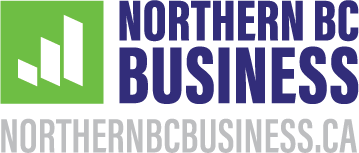In 2008, then-premier Gordon Campball announced plans to run hydro-electric power up Highway 37 to Bob Quinn Lake, it opened up many opportunities and adding to it is critical this point.
“Electricity, of course, is critical to our mines in B.C. It allows us to have some of the lowest carbon minerals and metals in the world,” says Goehring. “So, yeah, we’re there’s a lot of talk right now about an extension of the northwest transmission line. It’s in Hydro and the Crown’s hand. We’ll see where it goes. We do need to make sure for all British Columbians we want to support the industry because it gives so much back to British Columbia and to our indigenous partners that one of mine is going to be built.”
There are currently eight significant active mines in BC and, according to the Mining Association of BC, it generates well in excess of a billion dollars annually in tax revenue and Goehring says most mines now are operating with electricity as opposed to its old stand by, diesel. But there is a goal set to be even greener.
“What we’re looking at is the electrification of the large haul trucks, and that is the next nut to crack for our industry. Even though we have the lowest GHG emissions among the lowest in the world, we are taking concrete measures to electrify other sources of carbon and it’s the large haul trucks right now that we’re very focused on. All of our members are looking at this and we will need, I think, a significant amount of new electricity in British Columbia going forward.”
But in order to make that happen, there will need to be a much greater amount of new electricity in the grid.



